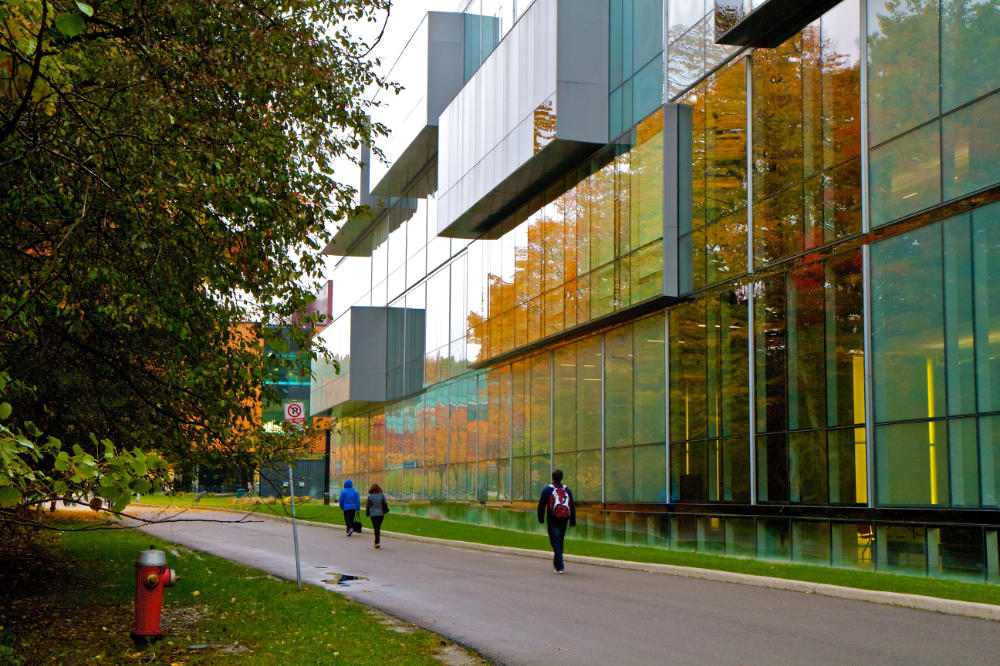
Aug 1, 2023
Developing a general and modular method for the synthesis of unnatural and D-amino acids which, when compared to existing methods, allows the generation of a greater diversity of unnatural amino acids at a low cost using recyclable chemicals that minimize pharmaceutical pollution.

Aug 1, 2023
Designing an effective, greenhouse gas-neutral process for ammonia production that requires only a small energy input, which can conveniently come from sunlight.

Jul 20, 2023
Designing active, fluidic windows modelled after systems found in nature to allow for dynamic control of transmission, absorption and scattering of light. This can save 75% on heating energy, 20% on electric lighting energy, and 43% on total operational energy compared to the best available electrochromic technology.


